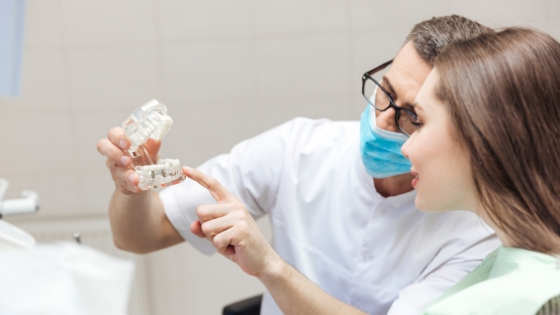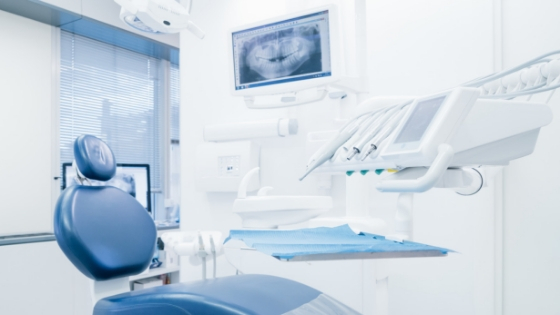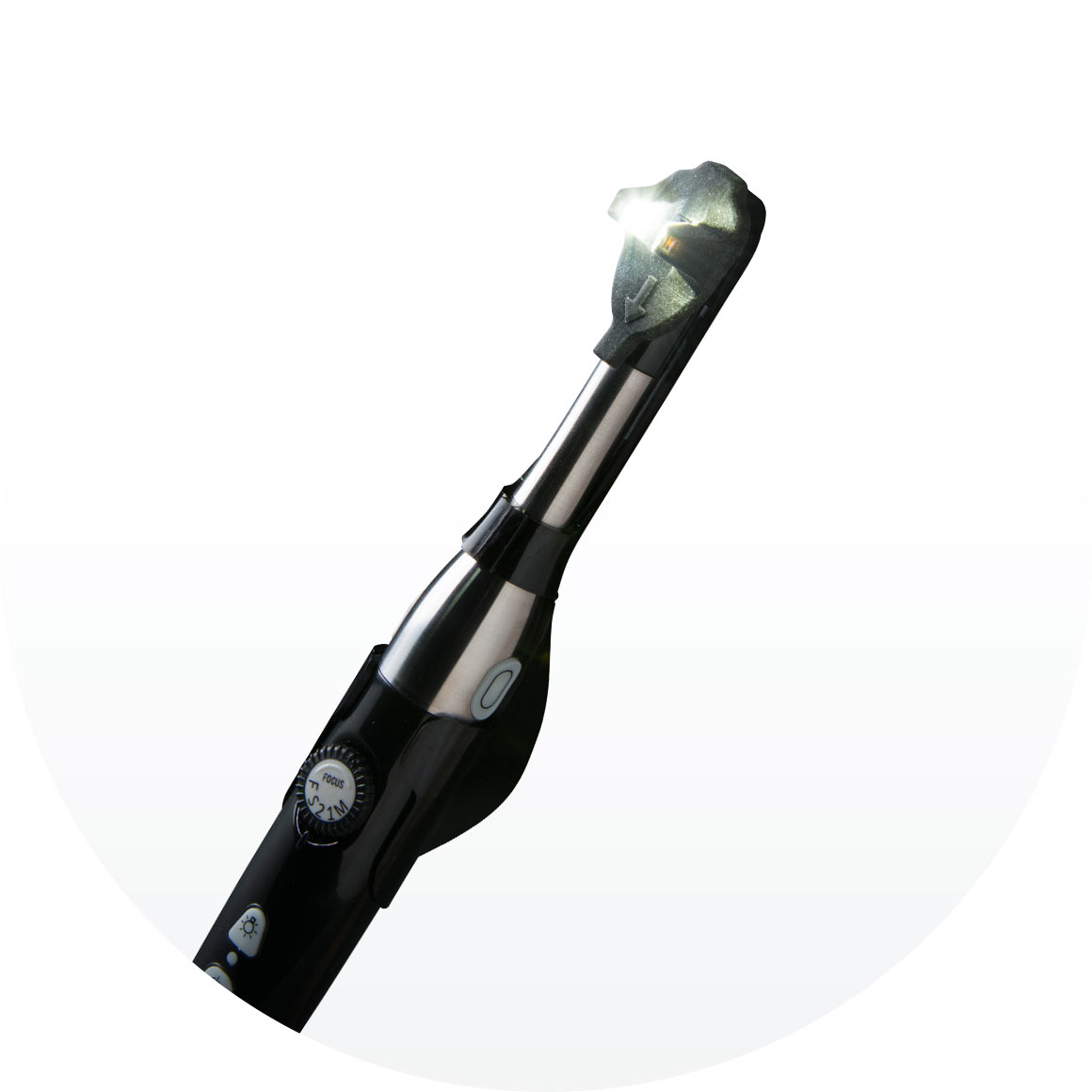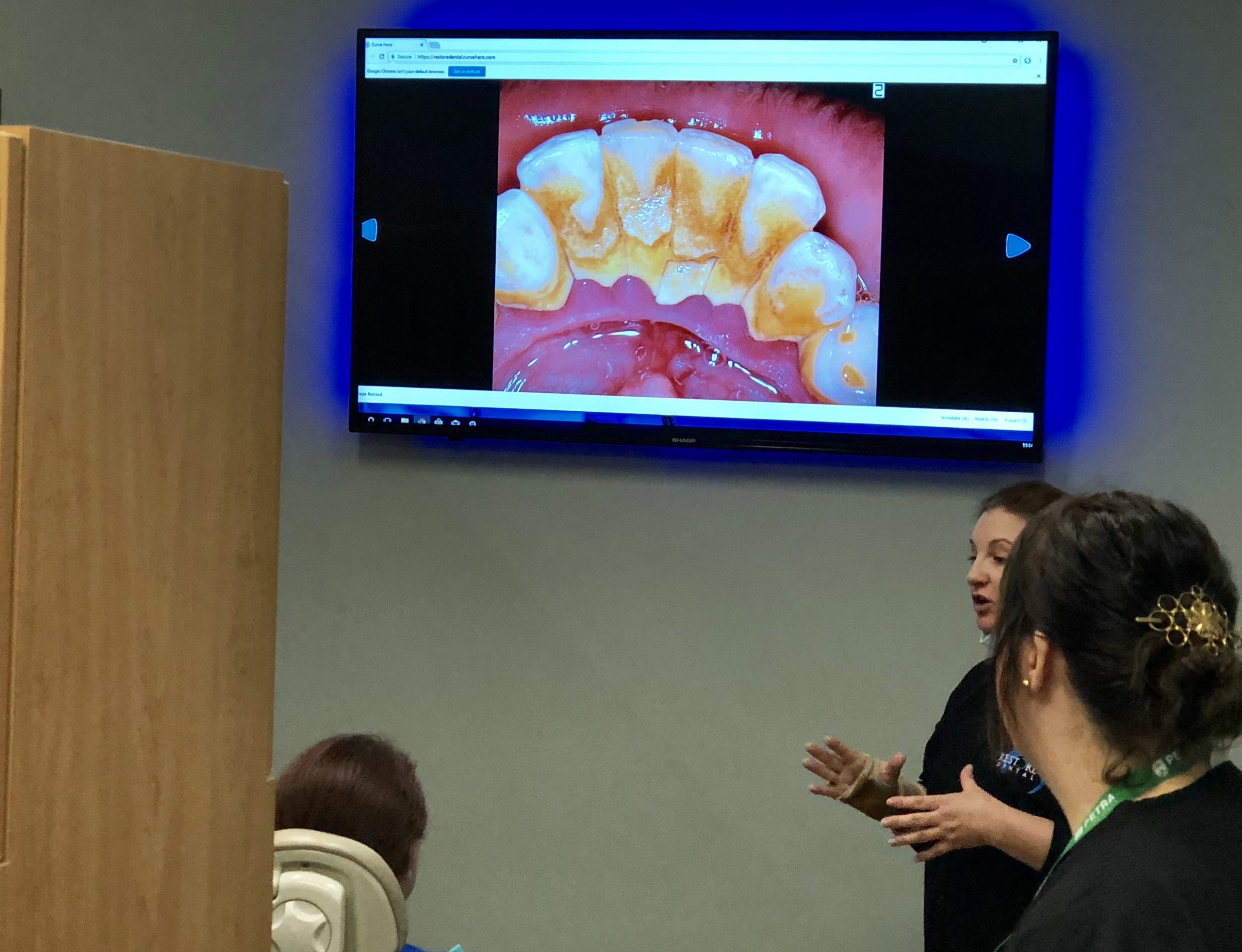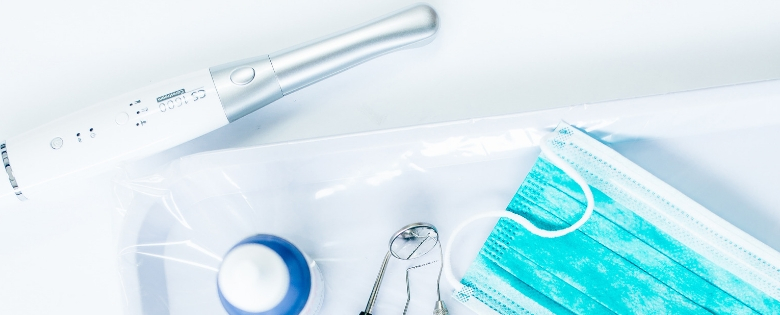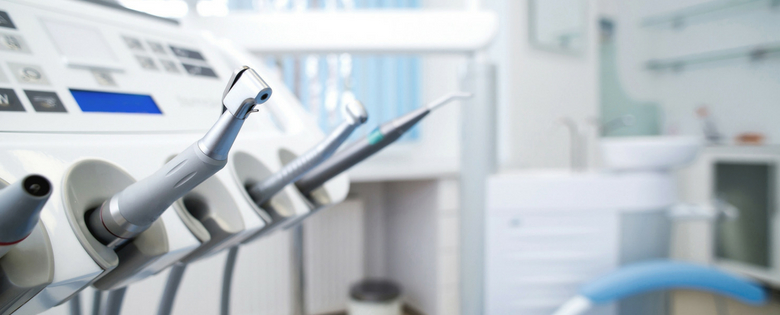Traditional Dental Impressions vs. Digital Dental Impressions
If you would like to provide dental restorations services, such as dental crowns, in your office then you’ll need to take dental impressions first. You can offer your patients traditional dental impressions or you can use digital dental impressions. This article discusses the two types of dental impressions you can provide in your office.
Traditional Dental Impressions
Traditional dental impressions are obtained by placing dental putty in the mouth of your patient. This putty hardens slowly. Your patient will bite down on that so dental impressions are left in the substance.
Thereafter, a lengthy process of preparing the mold for the restorations begins and sometimes, retaking the dental impressions may be required to fix any errors made during the previous session.
There is a nearly universal dislike of this traditional dental impression capture method by both dental care professionals and patients alike because the putty triggers the gag reflex in patients and makes for unpleasant dental visits.
Additionally, traditional dental impressions are time-consuming for the patient and for dentists. In addition, you may have to repeat all these steps if the restoration does not form correctly for your patient.
All these issues prompted a better way to get dental impressions, and digital dental impressions were brought to the market by Digital Doc and a few other manufacturers.
Digital Dental Impressions
Digital dental impressions are taken by the use of an intraoral scanner like the Heron IOS Intraoral Scanner. This scanner captures images of all the intricacies of your dentition and creates 3D images of your dental structures so that a restoration can be fabricated. Digital dental impressions have a number of advantages over the traditional way of getting dental impressions.
First, less time is required to take the impressions simply because dentists can move the Heron Intraoral Scanner within the mouth and in a minute or so the required impressions are secured. This is unlike the traditional dental impressions that require you to wait for a long time before the putty sets so your patient can bite into it.
Secondly, your patient will have a more enjoyable dental visit since they will not have to spend a lot of time with unpleasant-tasting substances in their mouth. Digital impressions eliminate all that and the process is completed quickly, as already mentioned earlier.
Additionally, the digital dental impressions obtained are accurate and hardly ever require a retake since the images captured are sent directly to the fabricator so that the restorations made conform to the structures in your mouth. The chance of human error during the capture of the images or the fabrication of the restorations is reduced since everything is done digitally.
Furthermore, you will be pleased to learn that digital dental impressions are eco-friendly if you are concerned about the environmental footprint of everything that affects you. Digital dental impression technology saves the energy that would have been used to store the materials used to get the impressions. Numerous materials, such as dental impression trays, are also not needed when taking digital dental impressions.
As you can see from the discussion above, digital dental impressions have so many advantages over traditional dental impressions. If you’d like to acquire Digital Doc products like the Heron IOS Intraoral Scanner in your office and provide excellent services to your patients, contact Digital Doc today for a consultation!


